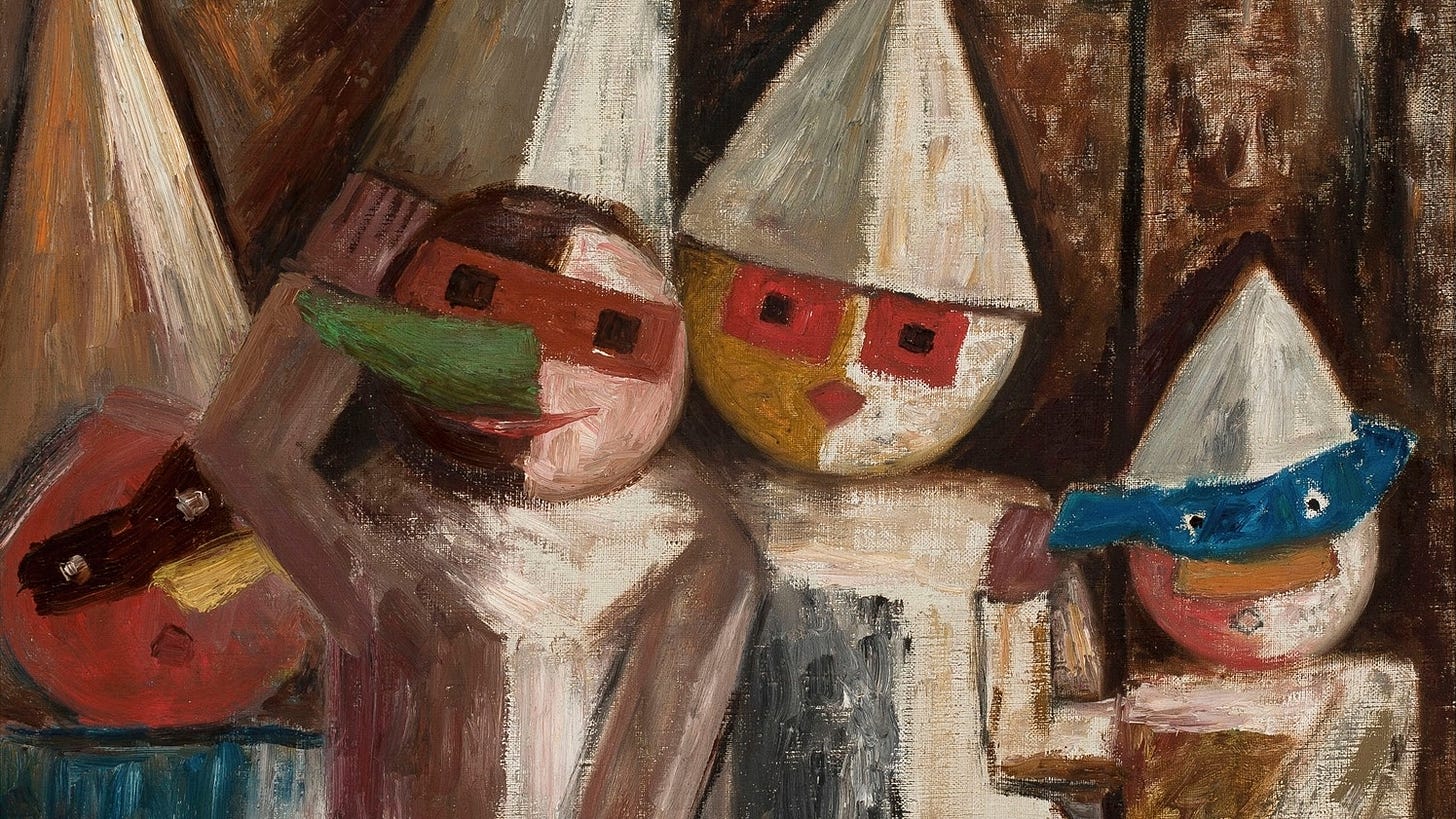In Gimme Danger, Jim Jamursch’s documentary about the band The Stooges, there’s a moment when the lead singer, Iggy Pop, talks about the band’s stubborn commitment to remain apolitical. Why? Because that’s what they wanted to be.
In 1968, it was still early days for The Stooges. They lived in the shadow of another, more famous punk band called MC5. Iggy…




